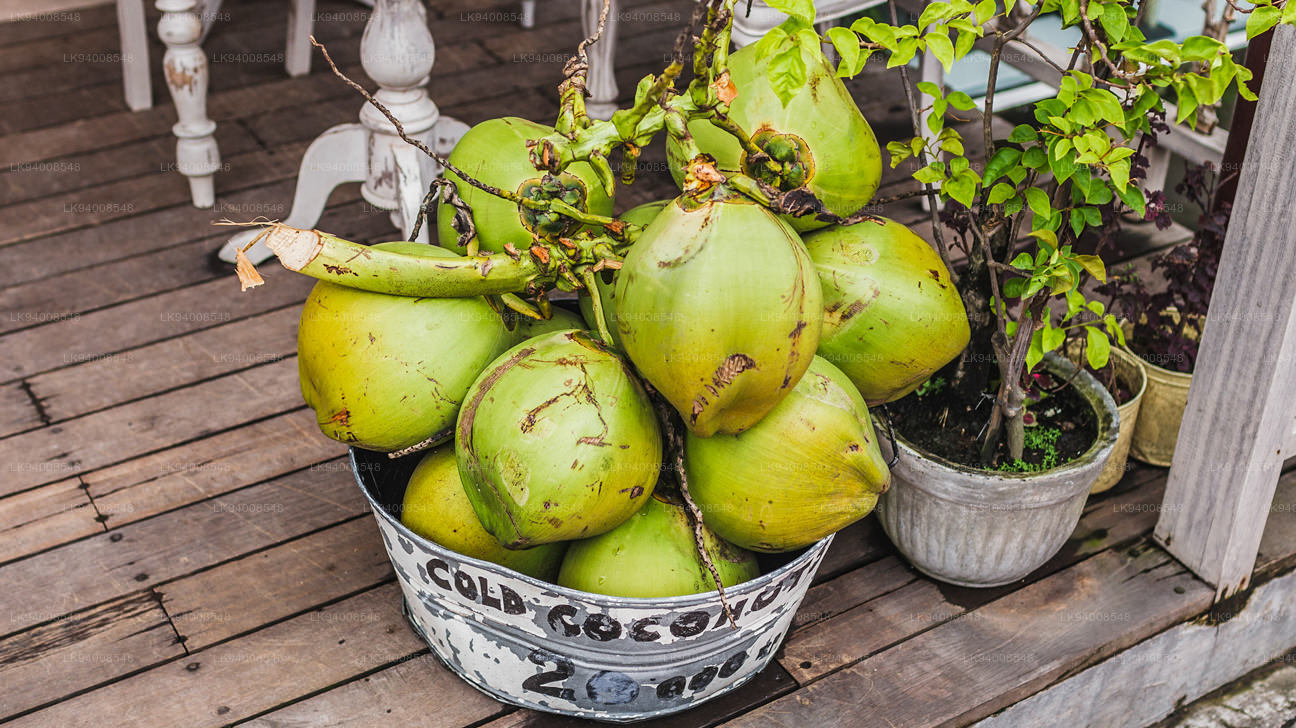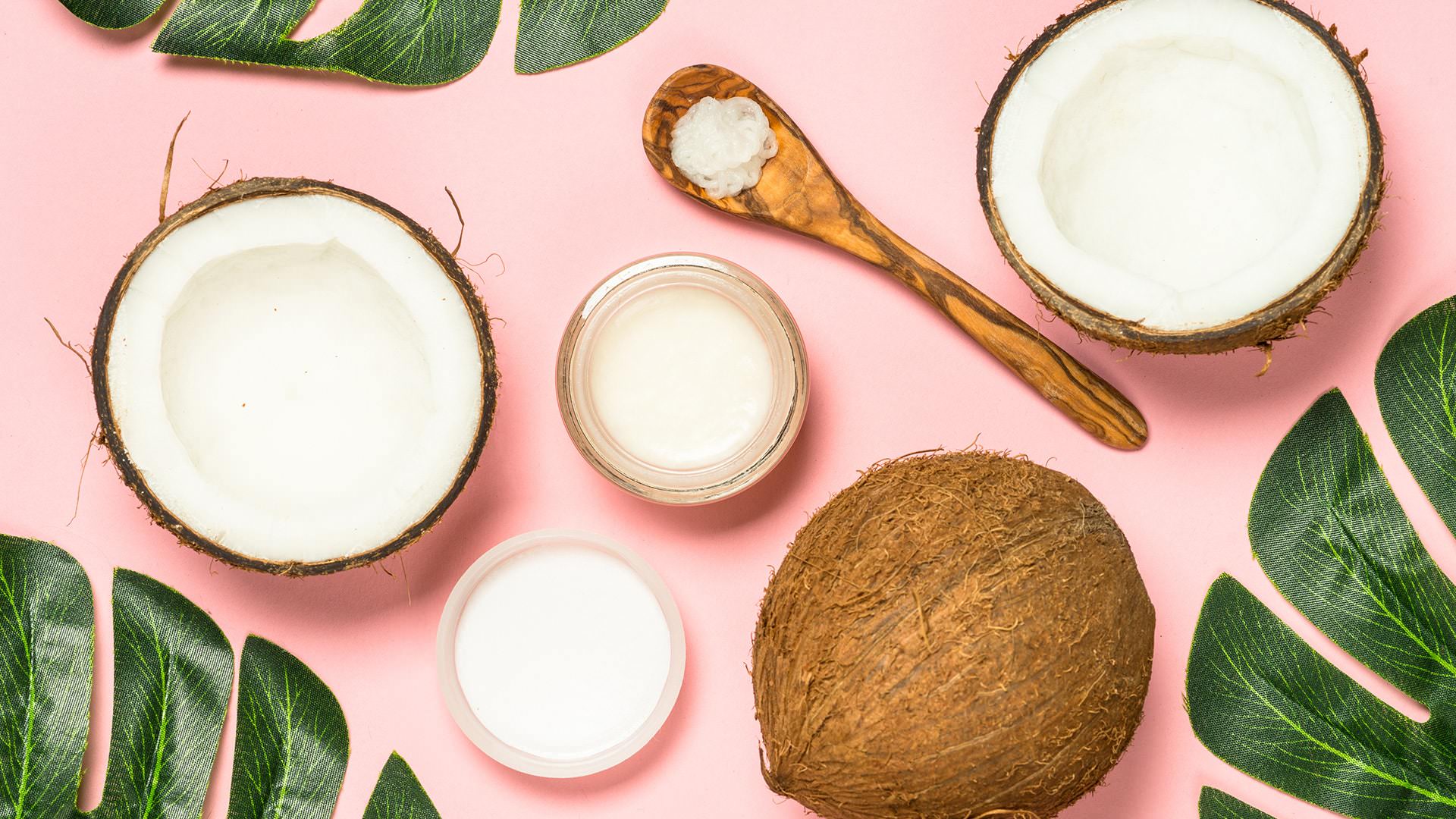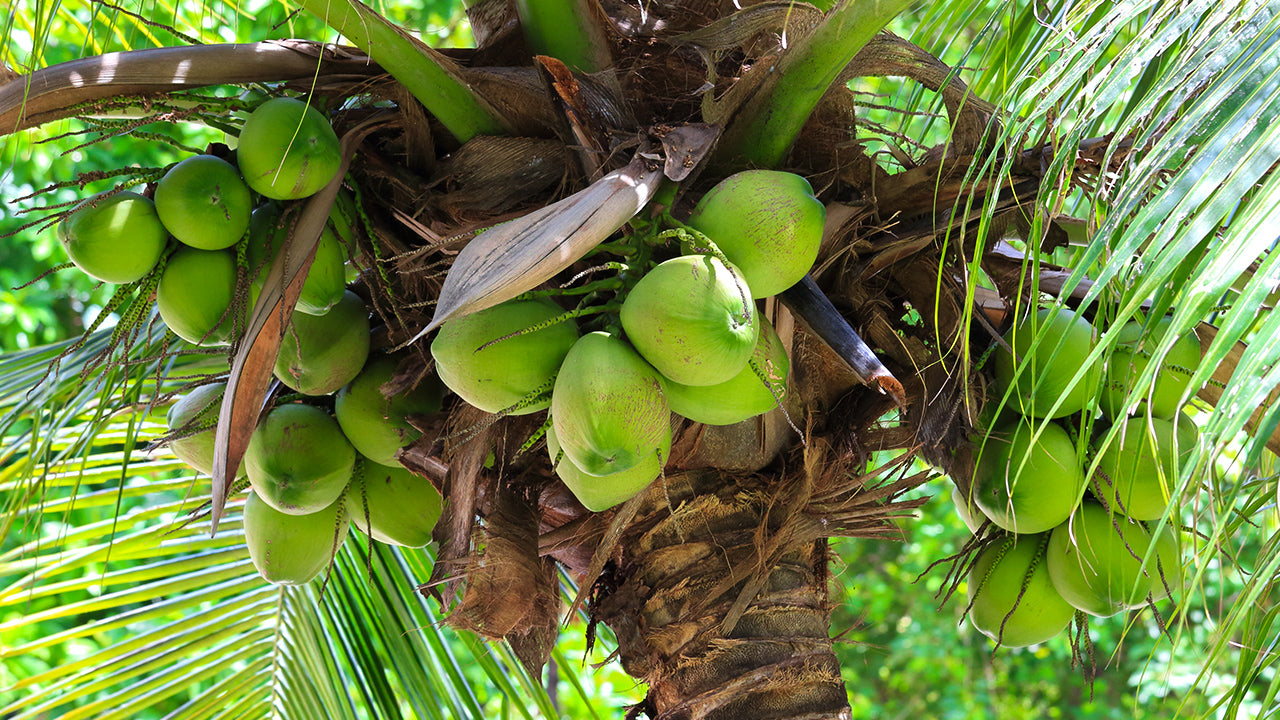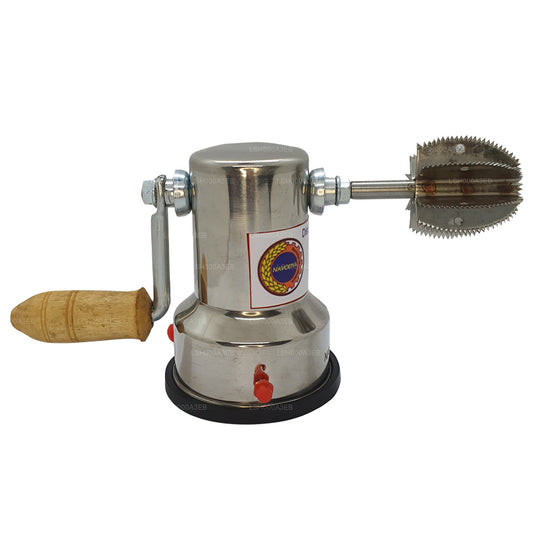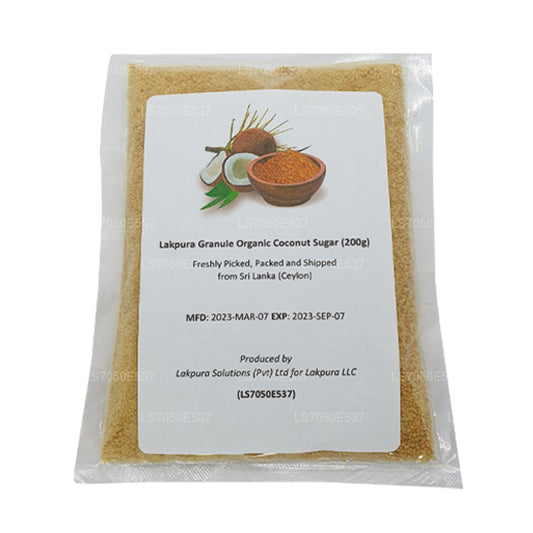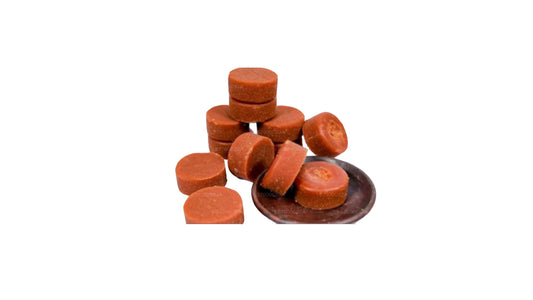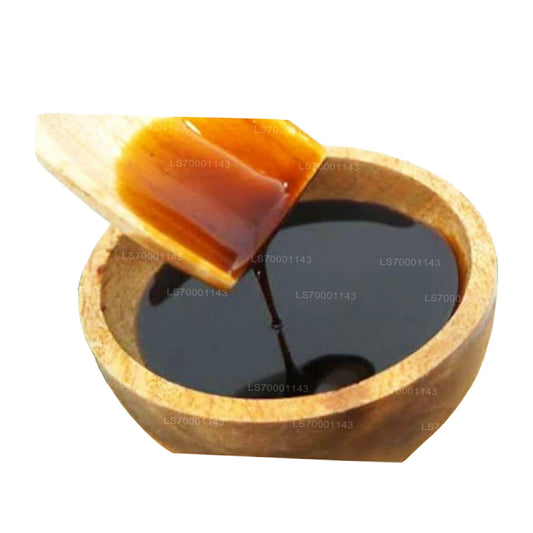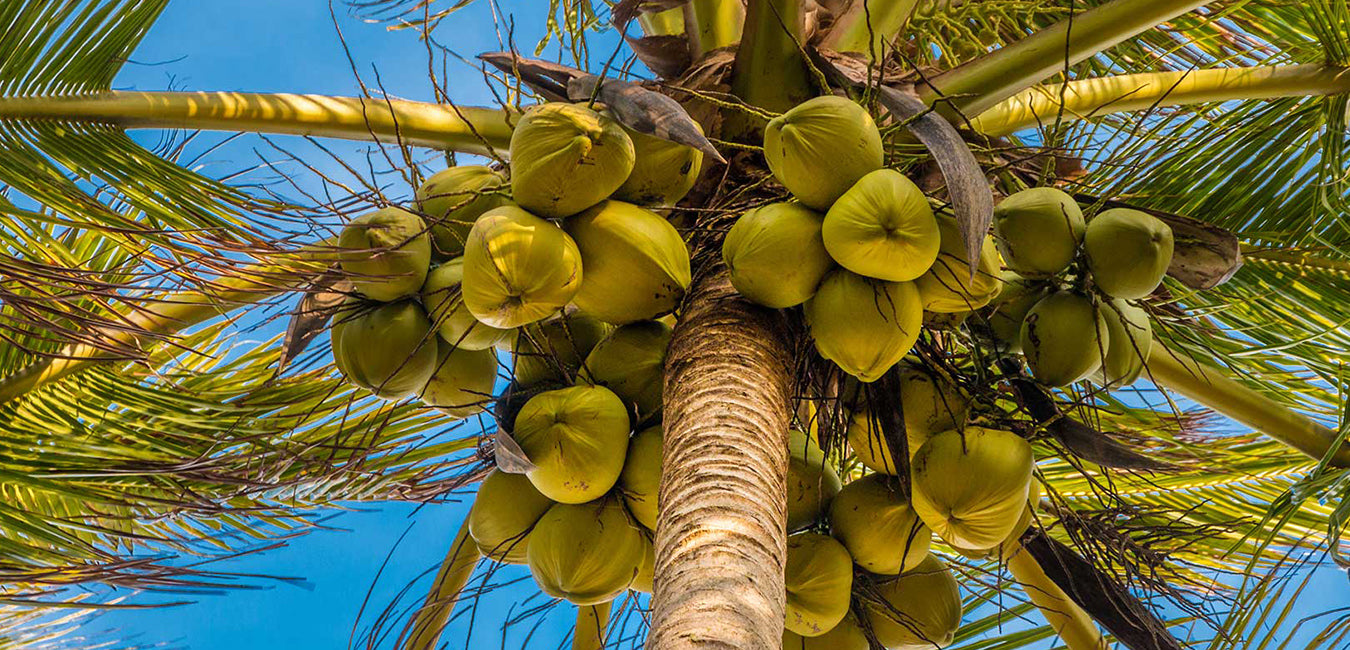
Cocos nucifera
Identification
The coconut tree (Cocos nucifera) is a member of the palm tree family (Arecaceae) and the only living species of the genus Cocos. The term "coconut" (or the archaic "cocoanut") can refer to the whole coconut palm, the seed, or the fruit, which botanically is a drupe, not a nut. The name comes from the old Portuguese and Spanish word coco, meaning 'head' or 'skull', after the three indentations on the coconut shell that resemble facial features. They are ubiquitous in coastal tropical regions and are a cultural icon of the tropics.
- Common Name In Sri Lanka: Pol (පොල්), Thembili (තැඹිලි), Pol gaha (පොල් ගහ), Kurumba (කුරුම්බා), Wewara (වෑවර)
- Scientific Name: Cocos nucifera
- Habitat: Cocos nucifera grows on sandy beaches and coastal areas in tropical and subtropical regions of the world. This species has been introduced inland by humans and can be found planted and naturalized in gardens, parks, plantations, and along roadsides in areas with abundant sunlight, regular rainfall
- Average Height: up to 25 metres (80 feet)
Uses
Besides the edible kernels and the drink obtained from green nuts, the harvested coconut also yields copra, the dried extracted kernel, or meat, from which coconut oil, a major vegetable oil, is expressed. The Philippines and Indonesia lead in copra production, and throughout the South Pacific copra is one of the most important export products. The meat may also be grated and mixed with water to make coconut milk, used in cooking and as a substitute for cow’s milk. The dry husk yields coir, a fibre highly resistant to salt water and used in the manufacture of ropes, mats, baskets, brushes, and brooms.
Although the coconut finds its greatest commercial utilization in the industrial countries of the Western world, its usefulness in its native areas of culture is even greater. Indonesians claim that coconuts have as many uses as there are days in a year. Other useful products derived from the coconut palm include toddy, palm cabbage, and construction materials. Toddy, a beverage drunk fresh, fermented, or distilled, is produced from the sweetish sap yielded by the young flower stalks when wounded or cut; toddy is also a source of sugar and alcohol. Palm cabbage, the delicate young bud cut from the top of the tree, is, like the buds from other palms, eaten as a salad vegetable. Mature palm leaves are used in thatching and weaving baskets. The fibrous, decay-resistant tree trunk is incorporated into the construction of huts; it is also exported as a cabinet wood called porcupine wood.
Cocos nucifera is part of the catalog of ayurvedic medicinal plants of Sri Lanka.
Coconut Products
-
Navodya Coconut Scraper Grater (Model NC-01)
Regular price Rs 5,900.00 LKRRegular priceUnit price / perRs 7,000.00 LKRSale price Rs 5,900.00 LKRSale -
Lakpura Granule Organic Coconut Sugar
Regular price Rs 400.00 LKRRegular priceUnit price / perRs 400.00 LKRSale price Rs 400.00 LKR -
Lakpura Block Organic Coconut Sugar (250g)
Regular price Rs 400.00 LKRRegular priceUnit price / perRs 400.00 LKRSale price Rs 400.00 LKR -
Lakpura Liquid Organic Coconut Sugar (250ml)
Regular price Rs 400.00 LKRRegular priceUnit price / perRs 400.00 LKRSale price Rs 400.00 LKR

